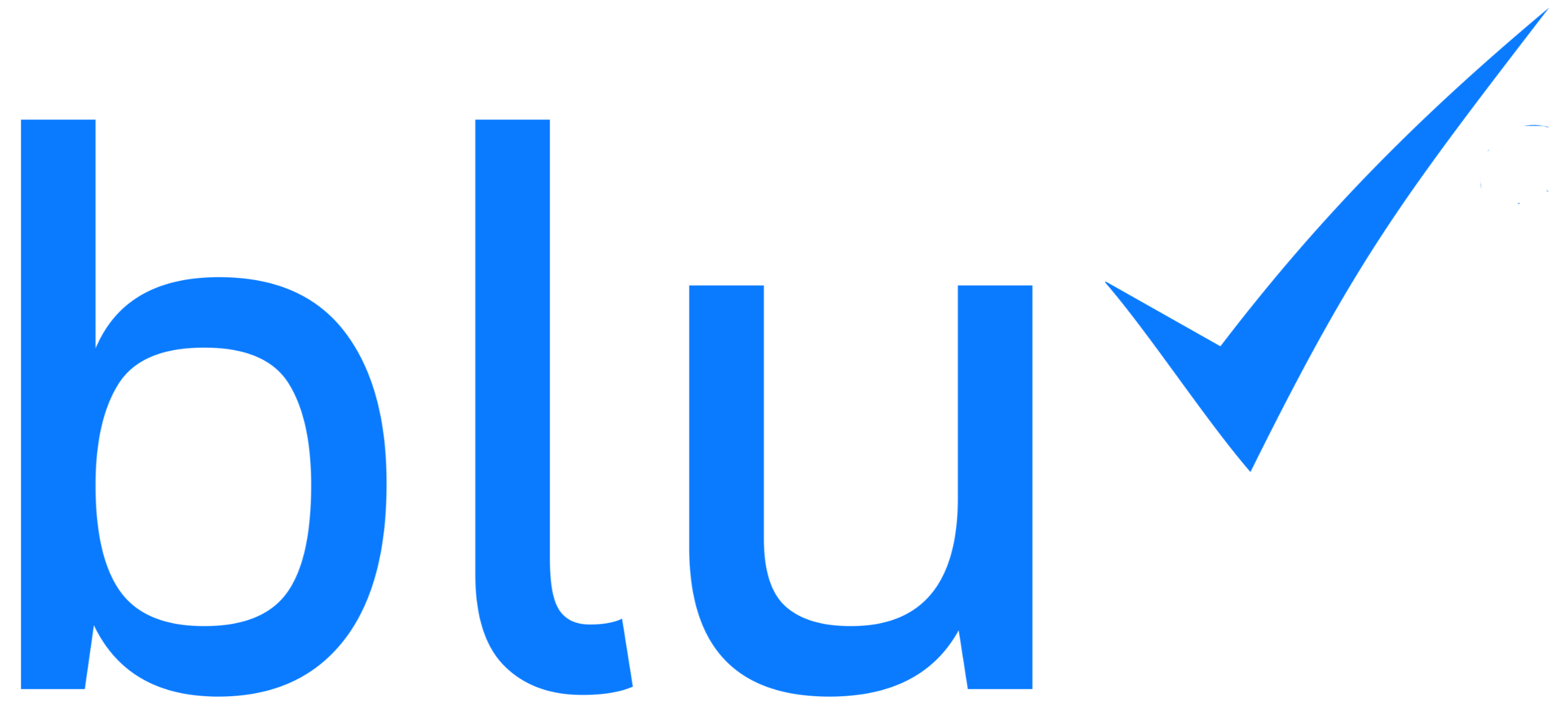Data Governance: Data governance is a collection of processes, roles, standards, policies, and metrics that ensure the efficient use of information to enable an organization to achieve their goals. Effective data governance leads to improved data analytics, ensures that data is consistent and trustworthy and doesn't get misused, which leads to improved operations support and better decision making.
Key goals of Data Governance:
Eliminate re-work by having data assets that is trusted, standardized and capable of serving multiple purposes
Establish internal rules for data use
Facilitate the administration of the above
Help to ensure the continued existence of the company through risk management and optimization
Implement compliance requirements
Improve internal and external communication
Increase the value of data
Minimize risks
Optimize staff effectiveness by providing data assets that meet the desired data quality thresholds
Reduce costs
Data governance is vital for companies to remain responsive. Since technology trends such as ML and AI rely on the quality of data, and digital transformation initiatives, you can only exploit your data assets and do a successful digital transformation if you are able to govern your data.
Data Virtualization: It is the process of summarizing different data sources through a single data access layer which brings integrated info as data services to applications and users in real-time or near real-time.
How does it work:
Combines any type of data
Consumes the data in any mode
Connects to any data source
Data virtualization is a virtual data layer with which applications and users can access any information neverthless of its format, protocol, or location using the best practices that suits their work needs such as data discovery and search. It supports multiple lines of business, hundreds of projects, and thousands of users that can increase from project to scale.
Data Virtualization system capabilities:
Agile design and development
Business directory/catalog to make data easy to search
High performance runtime
Use of catching when appropriate
Data virtualization, and the resources who implement it, also needs to upgrade to reuse various data services in the application layer, business layer, and source layer.
Data Interoperability: Data interoperability addresses the ability of services and systems that create, consume and exchange data to have clear expectations for the contents, context and meaning of that data. Open data requires data to be interoperable not only from a technical perspective, but also from a legal and institutional perspective.
Advantages of Data Interoperability Solution:
Facilitate exchange of data
Facilitate receiving, checking and processing of information
Harmonization of desperate data
Improve the quality of data
Reduce information requirements
Investing time and resources in the development and deployment of data interoperability solutions will help organizations to make better use of the data that currently sits in sectoral and institutional silos to implement and monitor the goals. Embedding data interoperability as a guiding principle in an organization also requires appropriate oversight and accountability, ensure that data is comprehensive, timely and supported by metadata, Ensure conformity with standards and compliance with any applicable laws and regulations, Ensure coordination with other organizations and entities on the best approaches to sharing and exchanging data.


